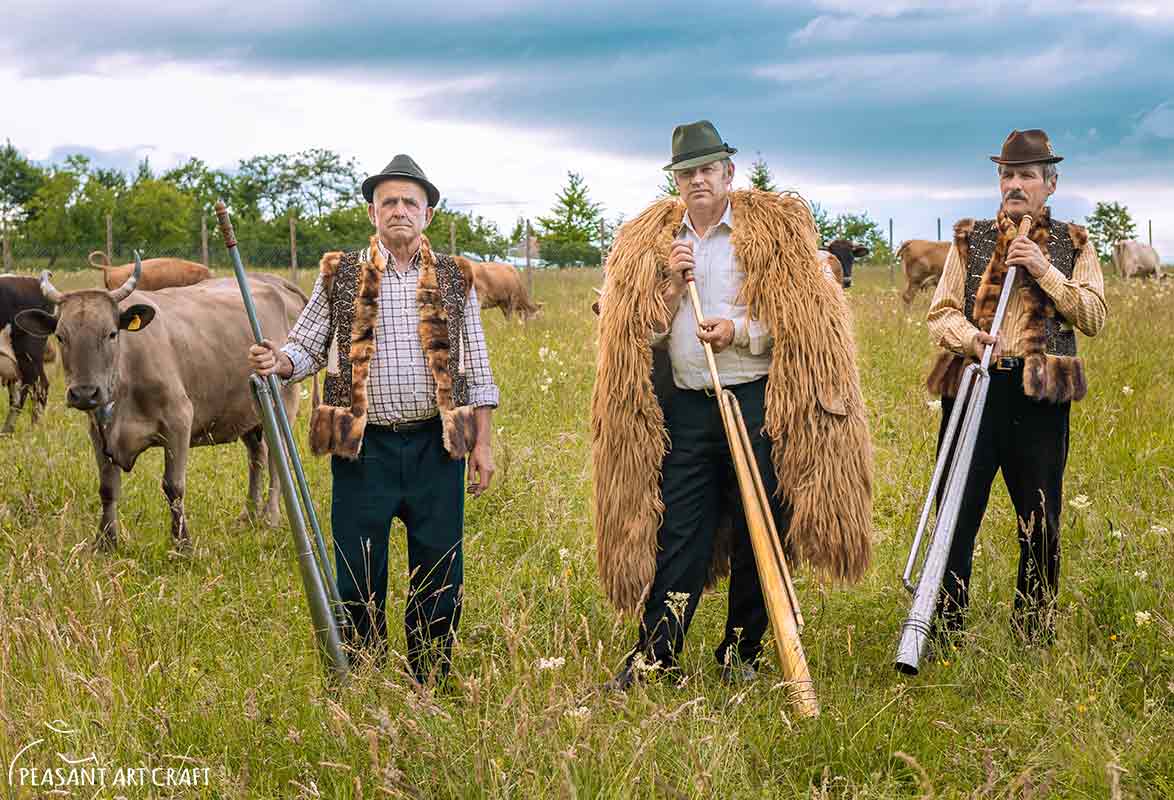
This article features affiliate links, meaning we’ll earn a small commission if you purchase through these links. Please read our Privacy Policy for more details.
With a sigh, the shepherd laid down his longhorn. Then the spirit of the aged man became that of a little child and sped away into a far-distant world. Keen were his eyes, wise was his heart, yet he felt timid as on that day long ago when first he tackled this musical instrument. As a young boy, Lăzărean Vasile was already working at the sheepfold and sang an ancient herding call when he was not doing farm work. He was sent to work in Fundu Moldovei as a shepherd.
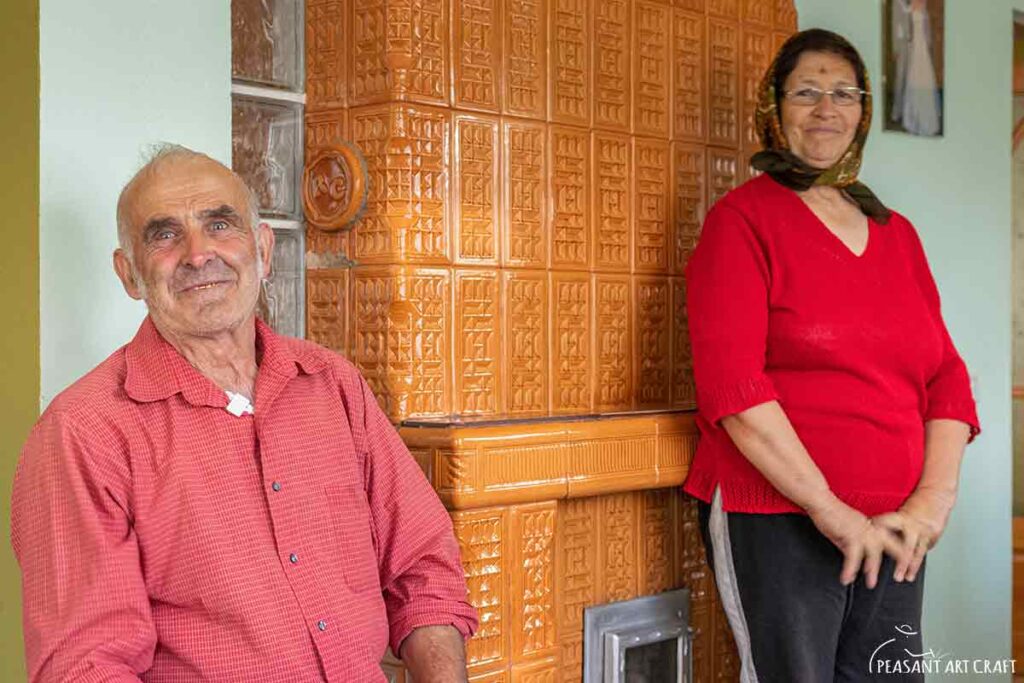
“In 1962 I finished school. There weren’t any prospects of continuing my studies, hardly any people would pursue an education, only the rich and those who liked to study. I was 13 years old when I first started working. I went to Fundu Moldovei în 1967. I wanted to become a shepherd. I would round up the sheep. What else can a boy do? I would herd the sheep together with an older man. Back then, herding dogs were not found,” recalls Mr. Vasile.
Affiliate links Herding Dogs Progressive Training Paperback Illustrated
It was during that time when he learned to play the longhorn. Music soon became his passion as he found himself quickly learning to play the longhorn and flute.
“There I learned to play the longhorn. The master had six boys. They all sang on the horn and whistle. They owned the sheepfold. Each Sunday, two of the boys came to collect the cheese and take it back to the village. They used to give me singing lessons. The rest of the week, I’d practice the longhorn, while leading the sheep to graze. In autumn we came down off the mountain while playing the longhorn.”
The longhorn is a long, tubular wind instrument, similar to the alphorn, developed thousands of years ago in Transylvania, Moldavia, and Wallachia. It is traditionally made from wood, but versions made of metal alloy can be found and are referred to as bucium, and trambita. For centuries, they had been used as a means of communication in Romania. With their loud, penetrating sound, so rich in the past that the more you listen to it, the farther the present recedes, they take you back to a bygone era when they were blown to signal approaching enemies. Later on, they had been used for herding call by shepherds in the forested mountains, as well as for guiding sheep and dogs. The tradition persists to this day. For Romanian people, the sound of the longhorn often comes as a somewhat unexpected alarm, announcing someone’s death.

Throughout his life, Mr. Vasile developed deep friendships with like-minded people who share the love and passion for this instrument. He often meets his friends to celebrate this shared passion. He takes his longhorn and his traditional lambskin vest and off he goes to meet his long-term friend, Galeș Simion, who lives just a few streets over.
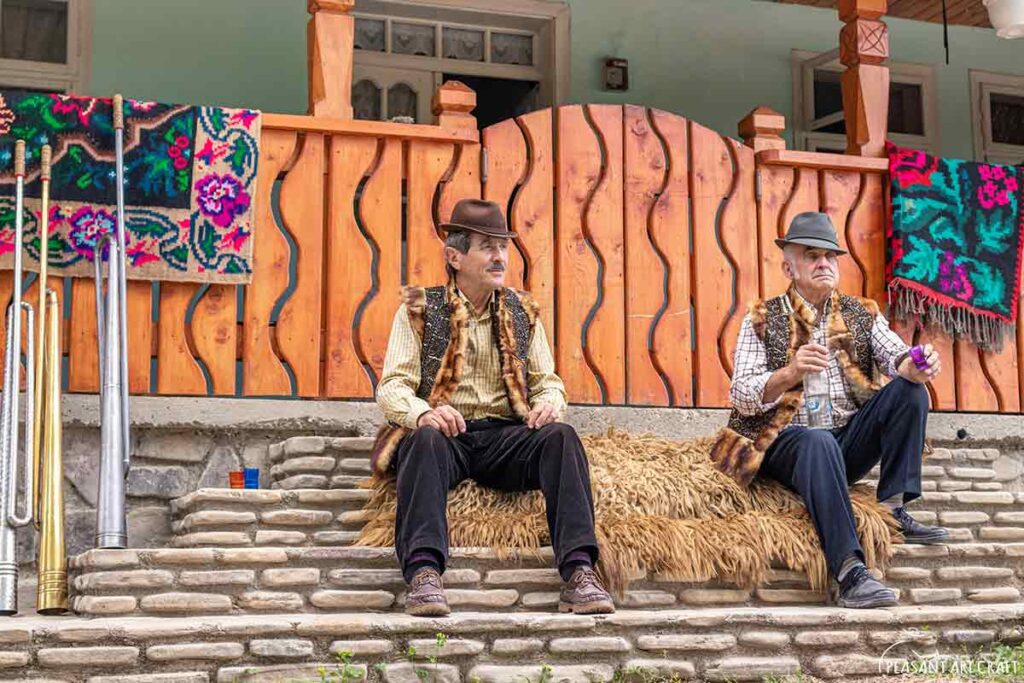
The first time we met Galeș Simion was back in the summer of 2016, and here we wrote an article about him: Shepherding in Romanian Countryside Steeped in Tradition
As we meet again after such a long time, I notice nothing has changed about this man. Now, at the age of 72, he is still the same jolly man in love with his instrument, with a zest for life, and a carefree spirit.
“I was 16 years old when I learned to play the longhorn. In 1967, when the Russians invaded Czechoslovakia, my grandmother died and I went to the funeral. “If you are a shepherd, go ahead and play the longhorn”, some relatives said to me. I had no clue. They mocked me so much that I’d set my ambition and, before the fall, I learned to play perfectly. The people of old didn’t have music of choice. To me, this is the best song of all. It makes my hair raise.”, says Mr. Galeș.
Affiliate links Buy Natural Tanned Leather Pelts
From his collection of longhorns made of wood, tin, and brass, and shepherd’s axes embellished with wildlife themes that he had carved himself, you can tell that Mr. Galeș is crazy about the pastoral world.
“This is a shepherd’s axe. It is used by shepherds to defend against wolves, bears, and other wild animals. There is the wolf screaming, a deer laying down, and the stag. This is something I made with just a knife.”, explains Mr. Galeș, as he stacks them in the car.
With our car loaded with longhorns running from the front seat to the trunk, we took a bumpy road up the foothills of the Ciumarna Mountains. Being in the forest is the most natural thing in the world to these mountain me, who are so bound to the mountains and the forests. In next to no time, a pleasant party was assembled in front of the open door of a small cheese hut on the edge of the forest, the home of Petru Lazarean and the rest of the family.

They were there, the mountain men just enjoying themselves, taking turns sounding their longhorns, while inside the hut, fully furnished with old traditional wooden tools, the shepherd had set light to cook the tastiest and most original cheese recipes I ever tasted. The fresh milky flavor invited you to come in and take a bite right off the bat. And we did. We were served cheese, urda (ricotta), and the shepherds’ favorite curds and whey drink. One could tell the difference between commercial cheese and the one made from grass-fed sheep milk. Mr. Lăzărean is a passionate farmer, I could tell that from just look around his farmland. There weren’t any modern tools or machinery, everything there had remained unchanged for centuries.

“I became a sheep herder in 1975, at 6 years old. During this period, I learned to play the longhorn. I learned from my father, in the Ciumarna mountains. In the old days, there were no clocks, shepherds used the sun as a guide. Each time they drove off the sheep to the pasture, they used longhorns to signal when to leave. At noon, when sheep were brought back to the sheepfold, the chief shepherd would blow the longhorn, the shepherds heard the call and knew it was time to go back.”, remembers Mr. Petru.
Watching these men having fun was so captivating for all of us! My husband was delighted, my children were tasting whey from draining cheeses, and I was totally absorbed by this pastoral world.
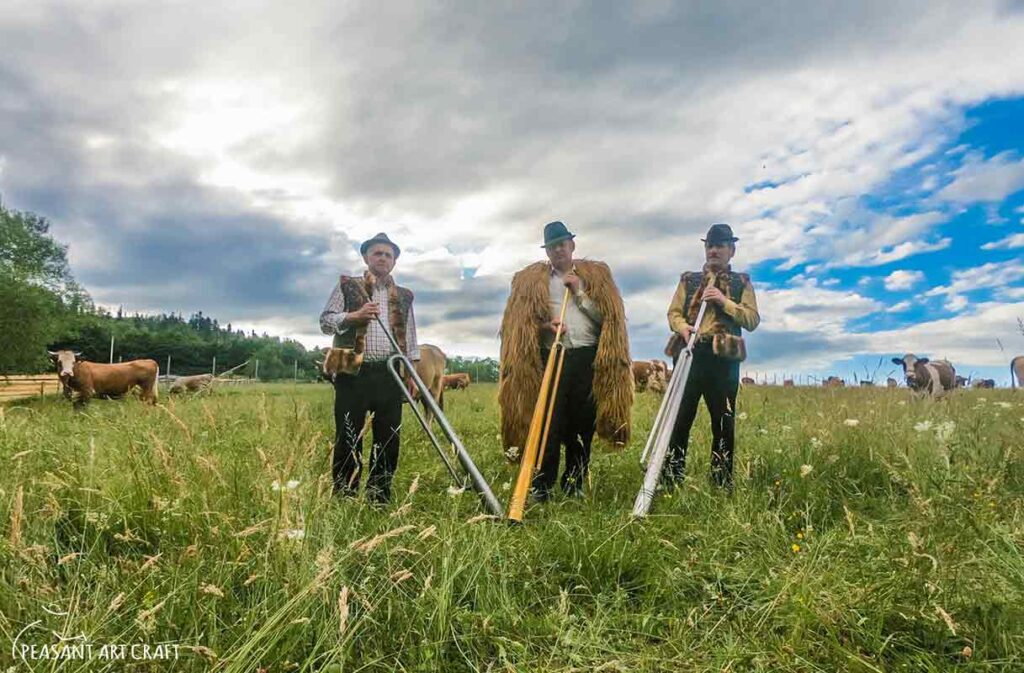
The next scene was a leafy wood, in which the green had turned to gold in the rays of the evening sun. Between the stems of the rich foliage trees were peeps of the nestling village lying farther down the slope. The songsters of our Romanian woods sounded their longhorns; their notes sounding loud and sweet in the evening air. Their melody throughout the woodland floats, attracting by its ancient charm the listener there. At the stile, the dairy animals stood completely quiet and still, listening to the herding call, the sound of the longhorns so loud it could be heard up to ten kilometers away.
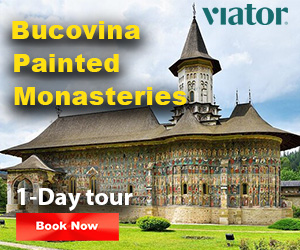
Making an Alphorn With Old Tools In The Carpathian Mountains VIDEO
Contact👇🏽
Vasile Lăzărean: +4 0756 415 476
Petru Lăzărean: +4 0747 755 351 (Facebook : https://www.facebook.com/petru.poriuclazarean )
Simion Galeș: +4 0748 684 282
Similar Articles
Milking Sheep by Hand in Traditional Sheepfold from Romanian Village
Bradet Smoked Stretched-Curd Cheese – A Must-Eat in Romania
Romanian Cheese Experience at Remote Farm in Transylvania
Traditional Cheese Recipes from Romanian Villages of Bucovina
Cheese Making The Old Fashioned Way at Traditional Romanian Sheepfold
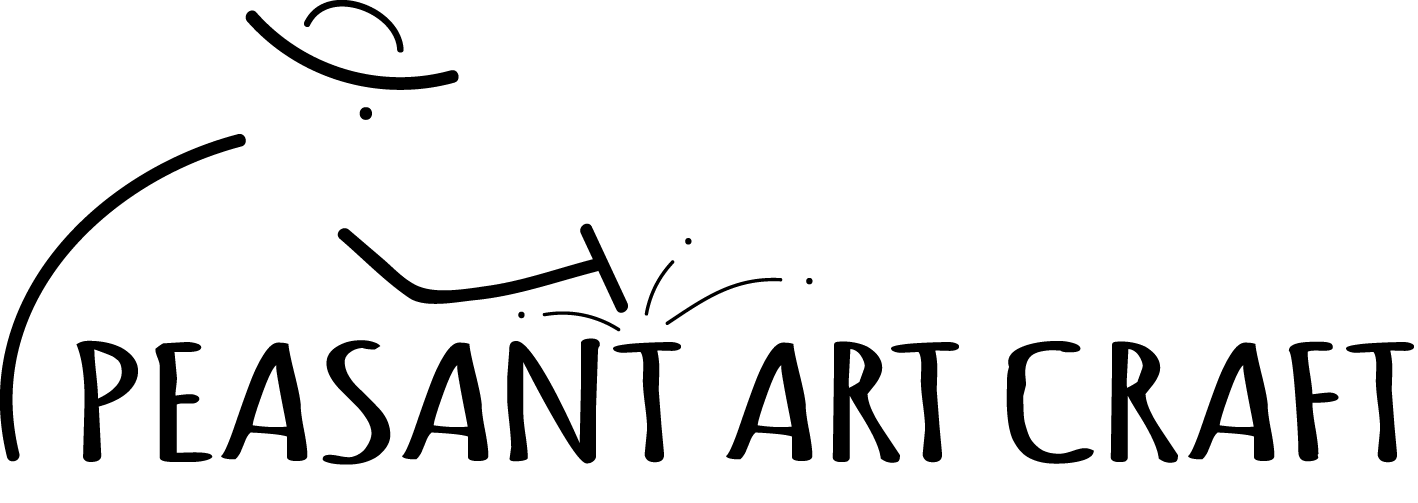
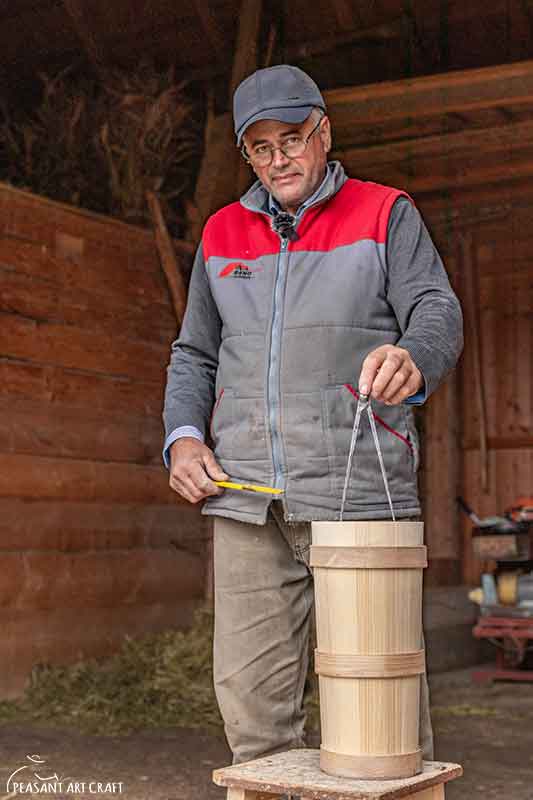
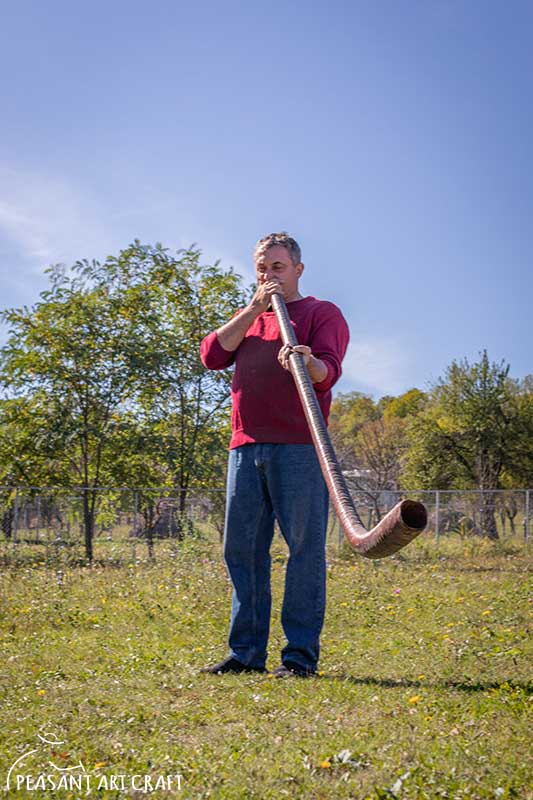
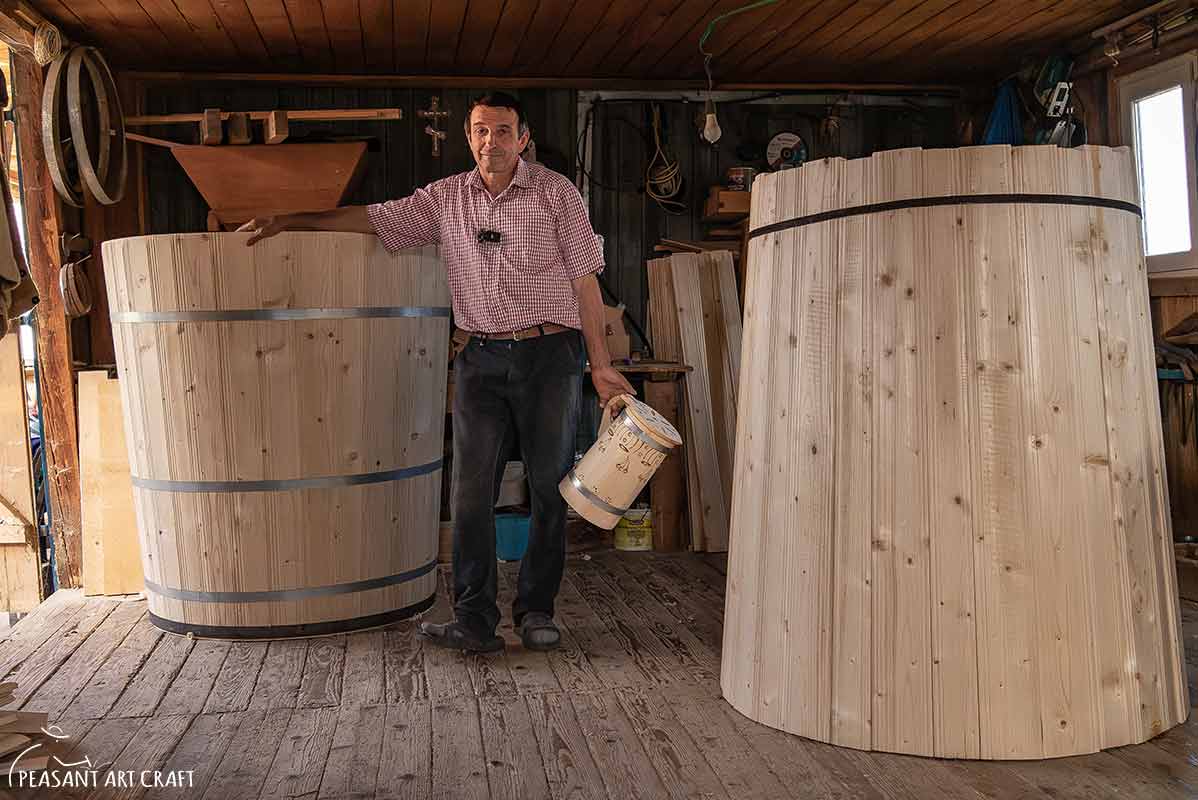

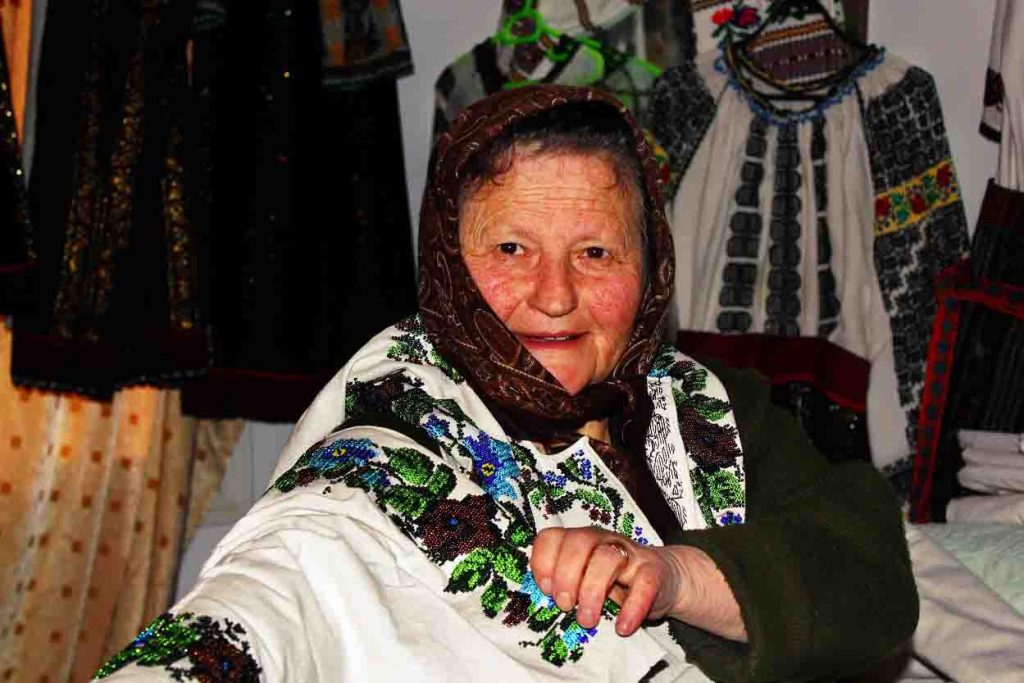



Blog Comments
Violeta Sfeclis
February 28, 2023 at 10:32 am
The voice of the ancestors!
Wonderful!
Bianca
February 28, 2023 at 4:44 pm
Thank you!